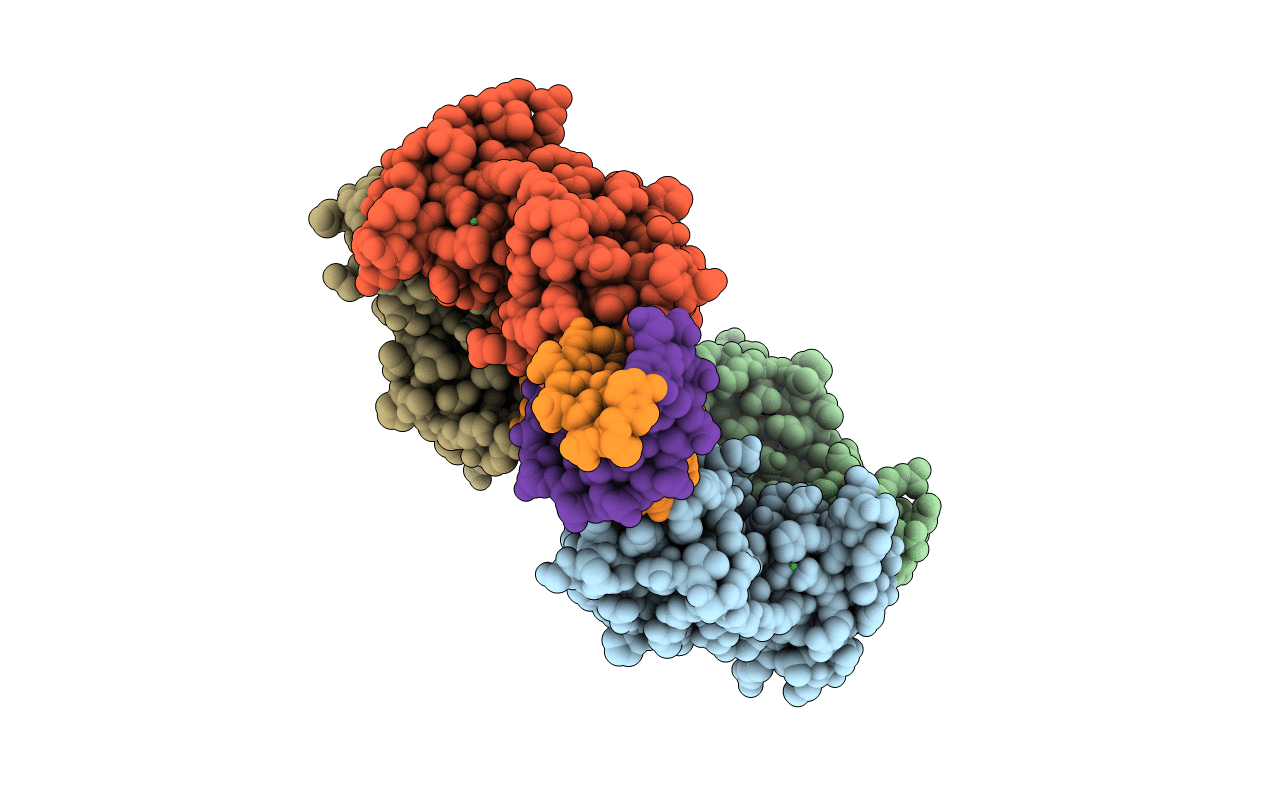
Deposition Date
1998-06-23
Release Date
1998-10-14
Last Version Date
2023-08-02
Entry Detail
PDB ID:
1DDN
Keywords:
Title:
DIPHTHERIA TOX REPRESSOR (C102D MUTANT)/TOX DNA OPERATOR COMPLEX
Biological Source:
Source Organism:
Corynebacterium diphtheriae (Taxon ID: 1717)
Host Organism:
Method Details:
Experimental Method:
Resolution:
3.00 Å
R-Value Free:
0.28
R-Value Work:
0.24
Space Group:
P 41


